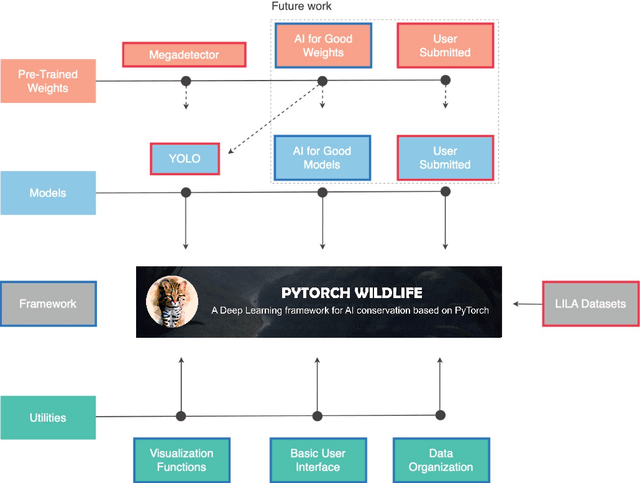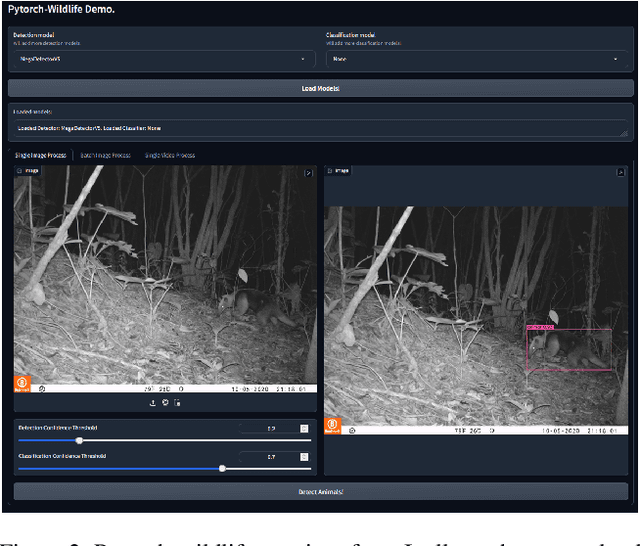Juan Lavista
Mapping Global Floods with 10 Years of Satellite Radar Data
Nov 03, 2024Abstract:Floods cause extensive global damage annually, making effective monitoring essential. While satellite observations have proven invaluable for flood detection and tracking, comprehensive global flood datasets spanning extended time periods remain scarce. In this study, we introduce a novel deep learning flood detection model that leverages the cloud-penetrating capabilities of Sentinel-1 Synthetic Aperture Radar (SAR) satellite imagery, enabling consistent flood extent mapping in any weather condition. By applying this model to nearly 10 years of SAR data, we create a unique, longitudinal global flood extent dataset with predictions unaffected by cloud coverage, offering comprehensive and consistent insights into historically flood-prone areas over the past decade. We use our model predictions to identify historically flood-prone areas in Ethiopia and demonstrate real-time disaster response capabilities during the May 2024 floods in Kenya. Additionally, our longitudinal analysis reveals potential increasing trends in global flood extent over time, although further validation is required to explore links to climate change. To maximize impact, we provide public access to both our model predictions and a code repository, empowering researchers and practitioners worldwide to advance flood monitoring and enhance disaster response strategies.
Pytorch-Wildlife: A Collaborative Deep Learning Framework for Conservation
May 21, 2024

Abstract:The alarming decline in global biodiversity, driven by various factors, underscores the urgent need for large-scale wildlife monitoring. In response, scientists have turned to automated deep learning methods for data processing in wildlife monitoring. However, applying these advanced methods in real-world scenarios is challenging due to their complexity and the need for specialized knowledge, primarily because of technical challenges and interdisciplinary barriers. To address these challenges, we introduce Pytorch-Wildlife, an open-source deep learning platform built on PyTorch. It is designed for creating, modifying, and sharing powerful AI models. This platform emphasizes usability and accessibility, making it accessible to individuals with limited or no technical background. It also offers a modular codebase to simplify feature expansion and further development. Pytorch-Wildlife offers an intuitive, user-friendly interface, accessible through local installation or Hugging Face, for animal detection and classification in images and videos. As two real-world applications, Pytorch-Wildlife has been utilized to train animal classification models for species recognition in the Amazon Rainforest and for invasive opossum recognition in the Galapagos Islands. The Opossum model achieves 98% accuracy, and the Amazon model has 92% recognition accuracy for 36 animals in 90% of the data. As Pytorch-Wildlife evolves, we aim to integrate more conservation tasks, addressing various environmental challenges. Pytorch-Wildlife is available at https://github.com/microsoft/CameraTraps.
 Add to Chrome
Add to Chrome Add to Firefox
Add to Firefox Add to Edge
Add to Edge